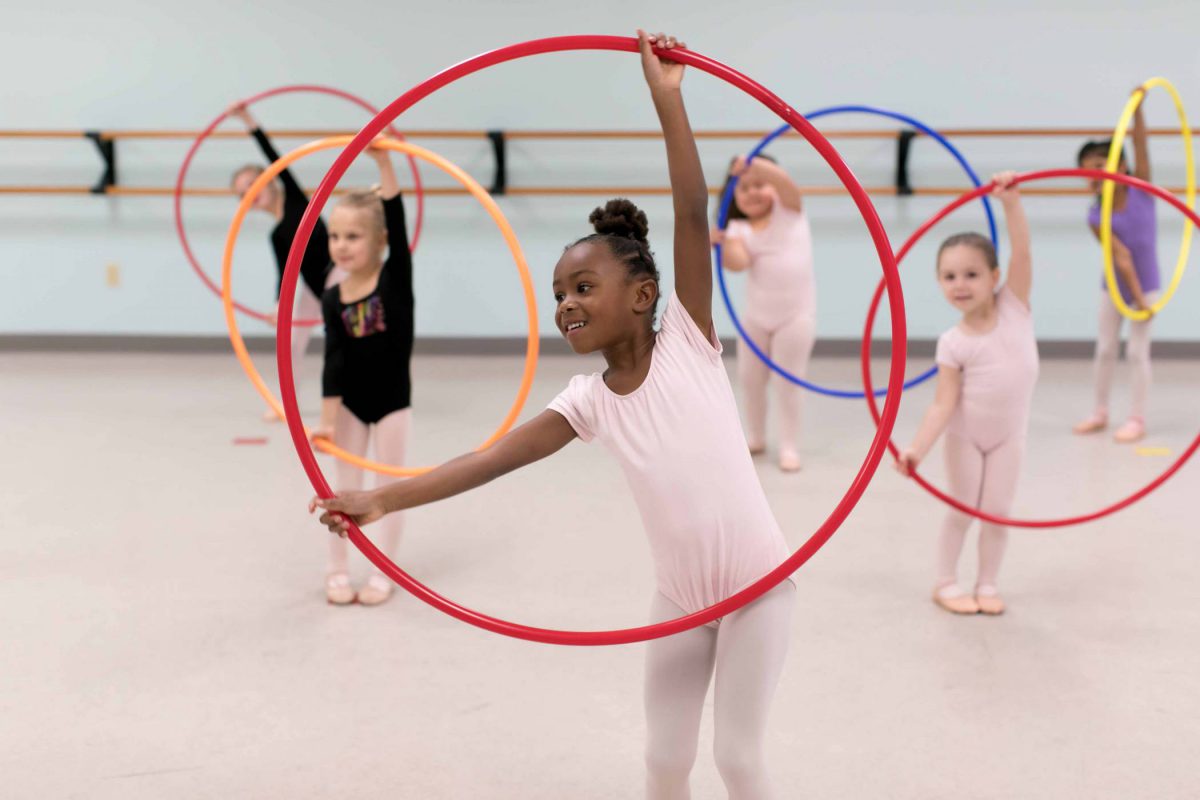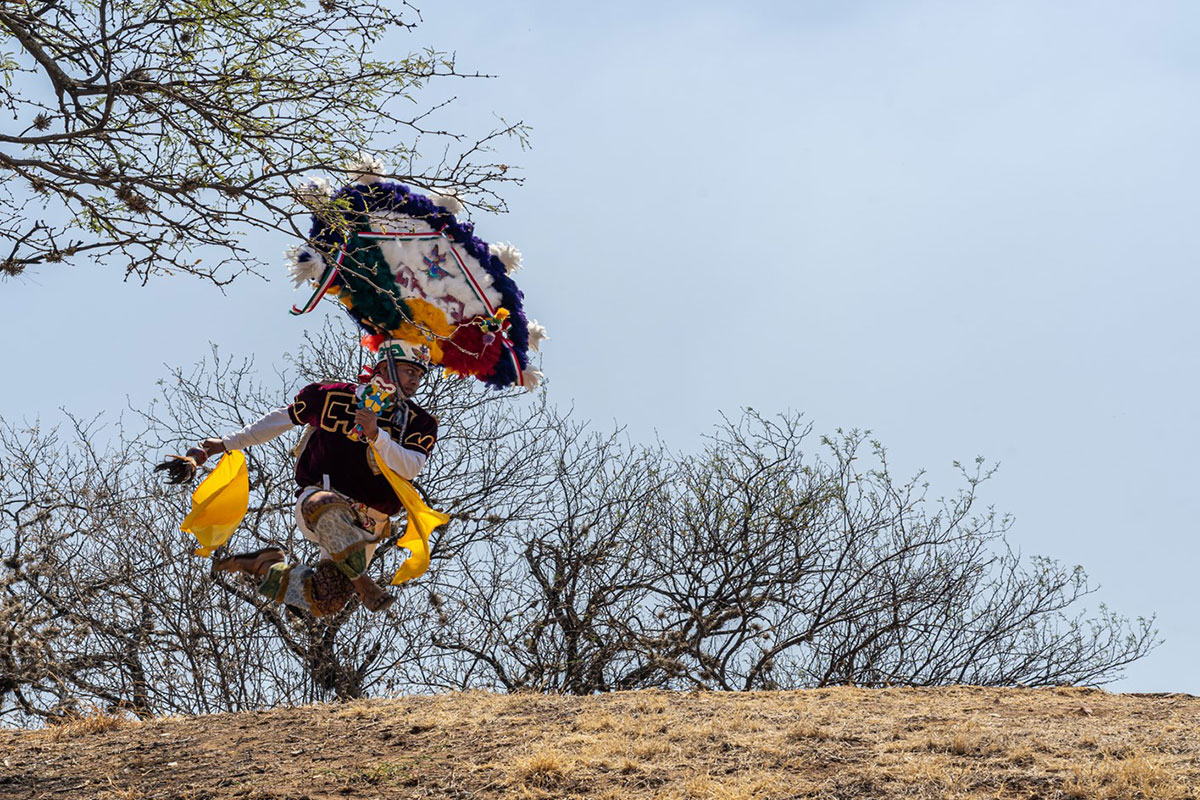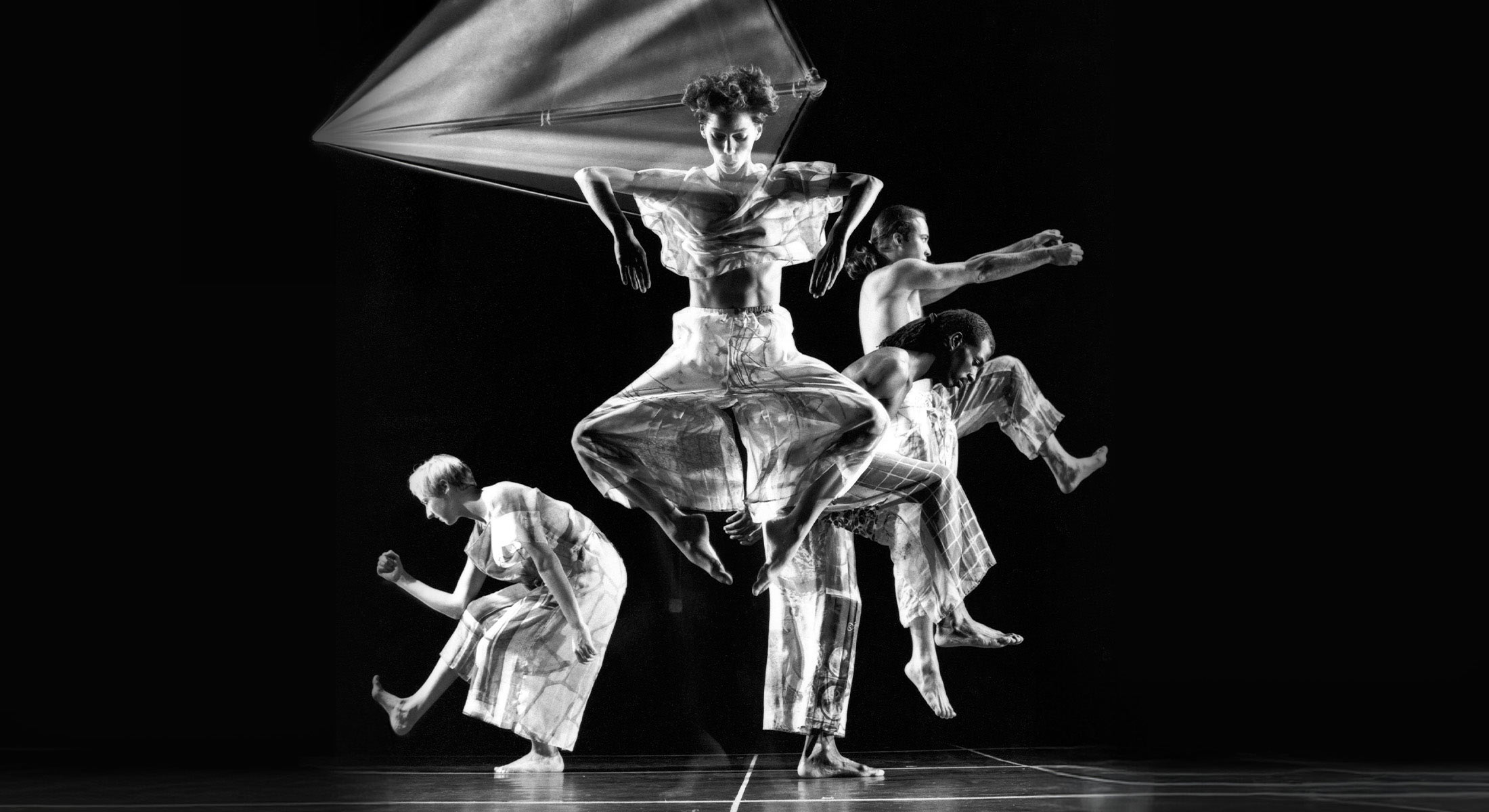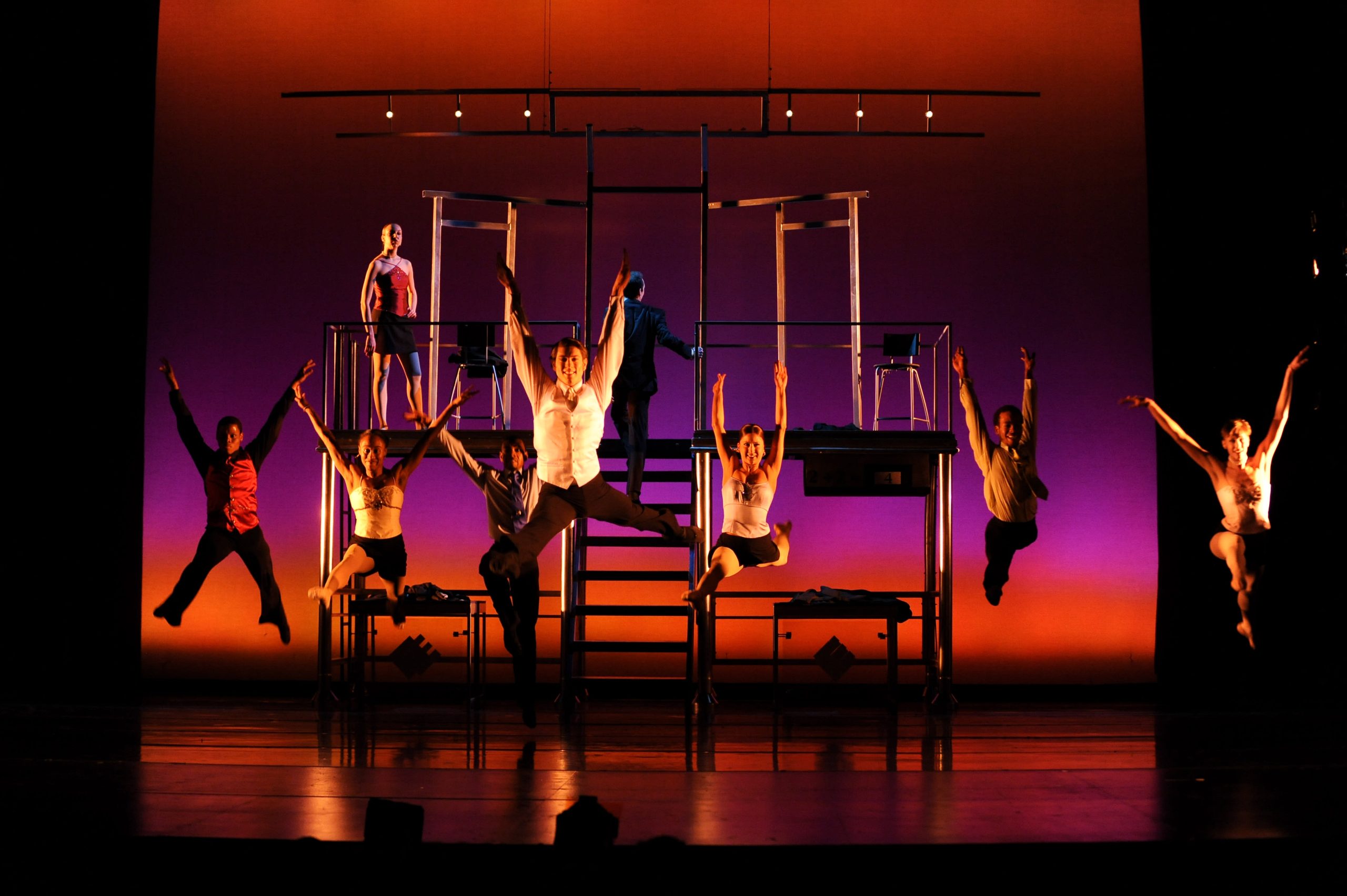The Dance in Education: Fostering Creativity and Social Skills in Children

Unleashing the Power of Dance in Education
In a rapidly changing educational landscape, where technology plays an ever-increasing role, the significance of tangible experiences becomes paramount. Among these experiences, dance stands out as a potent tool that transcends conventional learning methodologies. By incorporating dance into educational curricula, we not only enrich children’s learning experiences but also unlock a multitude of developmental benefits.
Dance fosters an array of essential skills that significantly contribute to a child’s holistic development. Let’s delve into some critical areas where dance makes a positive impact:
- Creativity: The world of dance offers children a unique avenue for self-expression. Movement becomes a language through which they can articulate their thoughts and emotions. For instance, dance improvisation allows children to break away from structured environments, encouraging innovative thinking and enhancing their imaginative capabilities. Dance styles, from ballet to hip-hop, invite children to explore diverse cultures and artistic expressions, broadening their creative horizons.
- Social Skills: Participation in group dance activities promotes teamwork and communication. Through working together to coordinate steps and routines, children learn the importance of collaboration. For example, when rehearsing a dance routine for a school performance, children must listen to one another, make compromises, and support their peers, thereby fostering a sense of community and enhancing their interpersonal skills.
- Emotional Intelligence: Dance serves as a medium for emotional exploration. It allows children to express and process feelings they might not yet have the words for. Through choreography that reflects different emotional states—like joy, sadness, or anger—children develop a deeper understanding of their emotions. This process can be transformative, aiding them in recognizing and managing their feelings more effectively within their daily lives.
Moreover, numerous studies indicate that children engaged in dance not only experience enhanced academic performance but also show improvements in physical fitness and overall mental health. Engaging in physical activity through dance helps in developing coordination, flexibility, and strength, which are crucial for a child’s physical development. Additionally, the mental benefits are profound; active participation in dance reduces symptoms of anxiety and depression, fostering resilience and positivity.
As we further explore the integration of dance into educational settings, it becomes clear that this art form is more than just an extracurricular activity—it’s an integral part of a well-rounded education. The benefits of dance extend beyond the studio or classroom; they shape children into more competent, empathetic individuals ready to navigate the complexities of life.
Join us as we investigate the myriad ways that integrating dance into educational frameworks can lead to profound transformations in developing creativity and social skills in young learners, paving the way for healthier minds and more innovative futures.
DISCOVER: Click here to learn more about the benefits of dance
The Transformative Role of Dance in Education
The integration of dance into educational settings serves as a catalyst for enriching children’s lives, profoundly influencing their developmental journey. Dance in education is not merely about the physical act of moving; it encapsulates an expansive realm where cognitive, emotional, and social learning converge. As schools strive to equip students with 21st-century skills, embracing dance within curricula emerges as a potent strategy to address diverse learning needs.
Creative Development is one of the most remarkable areas where dance makes a significant impact. Studies reveal that participants in dance classes exhibit heightened levels of originality and divergent thinking. For example, a study from the University of California, Los Angeles, found that students engaged in dance activities improved their problem-solving skills and artistic expression compared to their peers involved in more traditional forms of art education. This is particularly crucial as many employers now prioritize creative aptitude in an increasingly automation-driven workforce.
Furthermore, dance encourages collaboration and communication, essential components of effective social skills. When children participate in group dance sessions, they learn to work in tandem to produce harmonious performances. Specific activities, such as partnering in a tango class or forming ensembles in jazz dance, require students to listen actively and respond synchronously, thereby embedding the practice of clear communication and teamwork into their experiences. Research conducted by the National Dance Education Organization highlights that students involved in collaborative dance projects demonstrate significantly improved interpersonal skills, enabling them to better navigate social settings outside the dance studio.
Another facet of learning through dance is its powerful connection to emotional intelligence. Movement is often a reflection of an individual’s internal state, allowing children to explore their emotions creatively. Programs that incorporate dance encourage children to engage in self-reflection, fortifying their capacity for empathy. For instance, children might be asked to create a dance piece that represents a personal experience, enabling them to connect with their feelings and understand the emotional journeys of others. This kind of expressive release can significantly contribute to emotional regulation and resilience among young learners.
- Enhancing Creativity: Engaging children in various dance forms stimulates imaginative thinking, leading to creative problem-solving.
- Building Teamwork: Dance fosters collaboration, teaching children to appreciate the importance of working together toward a common goal.
- Cultivating Emotional Awareness: Exposure to dance promotes emotional growth, providing children with tools to express and process their feelings.
As educators and parents recognize the myriad benefits of dance, it becomes evident that physical activity is just the tip of the iceberg. From encouraging creativity to cultivating social skills, dance offers a multifaceted approach that can transform educational experiences for children. The next phase of this examination will delve deeper into specific programs and initiatives that successfully integrate dance into educational frameworks, showcasing its role in shaping future generations.
In the realm of education, incorporating dance as a form of expression is rapidly gaining traction. This approach not only enhances creativity among children but is also pivotal in developing essential social skills. Engaging in dance allows children to express their emotions through movement, offering an outlet for self-discovery and creativity. The rhythmic and often collaborative nature of dance encourages them to explore their individuality while being part of a larger group.Participating in group dance activities fosters a sense of community and belonging. Children learn the importance of cooperation, as dance often requires synchronization and teamwork to achieve a common goal. Through structured dance classes, children improve their communication skills, as they need to convey ideas and emotions non-verbally and understand cues from their peers. This enhances their ability to interact effectively in various social situations.Furthermore, dance promotes confidence and self-esteem. As children master new moves and routines, they experience a sense of accomplishment, which translates to greater self-assurance in their abilities. This newfound confidence can spill over into other areas of their lives, including academic performance and personal interactions.Moreover, integrating dance into educational programs can significantly enhance students’ focus and discipline. The process of learning choreography demands attention, memory, and practice, reinforcing valuable lessons about dedication and perseverance. Children who participate in dance are often better able to handle challenges, adapting their strategies in real-time and demonstrating resilience in the face of unplanned changes.As the educational framework evolves, it’s essential that parents, educators, and policymakers recognize the profound impact of dance in shaping well-rounded individuals. The benefits extend beyond physical health; they grow into holistic developments that prepare children for complex social environments.To illustrate just how beneficial dance education is, consider the following table that outlines the various advantages and key features that make it an indispensable tool for fostering both creativity and social skills in children.
| Advantages | Key Features |
|---|---|
| Enhanced Creativity | Children express emotions and thoughts through movement. |
| Development of Social Skills | Fosters teamwork and communication among peers. |
| Improved Self-Confidence | Enhances self-esteem through mastery of skills. |
| Focus and Discipline | Encourages dedication and perseverance through practice. |
In conclusion, the interplay of dance and education is a unique pathway to cultivate a vibrant learning environment that nurtures children’s emotional, social, and cognitive development. The possibilities are boundless, inviting more exploration into this transformative approach.
DIVE DEEPER: Click here to uncover more insights
Innovative Approaches to Dance in Education
The implementation of dance in educational settings is rapidly evolving, showcasing innovative approaches that further enhance children’s creativity and social skills. One such initiative is the incorporation of dance as a core component of integrative arts education, emphasizing interdisciplinary learning. Schools across the United States, from elementary levels to high schools, are beginning to recognize the synergy between dance and subjects like mathematics, science, and literature. For example, projects that explore geometry through choreography enable students to conceptualize angles and symmetry in movement, fostering a deeper understanding of mathematical principles while simultaneously engaging their physical bodies.
Moreover, programs designed to intertwine dance with cultural education are making significant strides in promoting inclusivity and appreciation for diversity. By exploring dance forms from various cultures, such as African, Latin, and Indian dances, students not only acquire technical skills but also gain insights into the histories and narratives that shape different communities. This broadened perspective nurtures cultural awareness, encouraging students to respect and celebrate differences while reinforcing a sense of belonging within the school environment. Schools such as the Dance School at the University of North Carolina and others are leveraging this approach to foster global citizenship among young learners.
The use of technology in dance education has also introduced exciting possibilities for creativity and collaboration. Digital platforms and tools allow students to create and share choreographies across virtual borders. For instance, schools in urban areas are utilizing online dance programs to connect with peers from rural communities, organizing collaborative performances that transcend geographical limitations. This integration nurtures technological fluency while enhancing social skills through interactive platforms where students communicate and engage creatively. The National Arts Education Foundation has highlighted several success stories of schools successfully implementing these digital programs, resulting in heightened enthusiasm and participation in dance.
Additionally, dance as a form of social-emotional learning (SEL) is gaining traction. Recognizing the connection between movement and emotional well-being, many educational institutions are integrating dance into their SEL curricula. Programs like the “Dancing Through the Ages,” implemented in several public schools, encourage students to express their feelings and manage emotions through movement. This method serves as a therapeutic outlet, allowing children to navigate their emotional landscapes while honing their dance skills. Studies conducted by research institutions, such as the Collaborative for Academic, Social, and Emotional Learning (CASEL), have demonstrated that students who participate in dance-based SEL programs show improved self-regulation and interpersonal relationships within the classroom.
- Interdisciplinary Learning: Integrating dance with STEM and humanities subjects deepens understanding and enhances creativity through practical applications.
- Cultural Appreciation: Engaging with diverse dance forms fosters cultural awareness and empathy, critical skills in today’s multicultural society.
- Technology Integration: Utilizing digital platforms promotes creativity and collaboration, bridging gaps between students across different communities.
- Social-Emotional Learning: Implementing dance in SEL initiatives enables children to connect with and express their emotions effectively.
As the exploration of dance in education continues to evolve, the blend of creativity, social understanding, and emotional intelligence becomes increasingly apparent. The dynamic and multifaceted nature of dance introduces children to a world of possibilities, acting as a powerful vehicle that supports holistic development. This integration not only enriches their educational experience but also prepares them to thrive in a diverse and complex world. The next section will explore the outcomes of these programs, shedding light on the lasting impacts of dance within educational frameworks.
DISCOVER MORE: Click here to learn how crafting can enhance your well-being
Conclusion: The Transformative Power of Dance in Education
The integration of dance into education is more than just an enhancement of the curriculum; it represents a transformative approach to developing creativity and social skills among children. As we’ve explored, innovative methodologies such as interdisciplinary learning, cultural education, and the integration of technology are enriching the educational landscape. Engaging in dance allows students not only to explore artistic expression but also cultivates essential life skills such as teamwork, empathy, and cultural appreciation.
Moreover, incorporating dance into social-emotional learning (SEL) initiatives proves vital in equipping children with tools to express their emotions and manage interpersonal relationships effectively. Programs highlighting this connection have shown promising results in fostering emotional intelligence, creating a more supportive and cohesive classroom environment. As technology bridges gaps between diverse communities through shared dance experiences, students are encouraged to collaborate, innovate, and connect, paving the way for greater inclusivity.
Looking ahead, the emphasis on dance as a vital component of holistic education should be a priority for educators and policymakers alike. The implications are profound: by fostering creativity and vital social skills through dance, we are not just cultivating well-rounded individuals but also nurturing the next generation of leaders equipped to navigate an increasingly complex and diverse world. As interest in these programs grows, it is crucial for the conversation to continue, encouraging further exploration and implementation of dance within educational frameworks. In doing so, we embrace a transformative journey, ensuring every child has the opportunity to express themselves freely and thrive, both socially and creatively.



